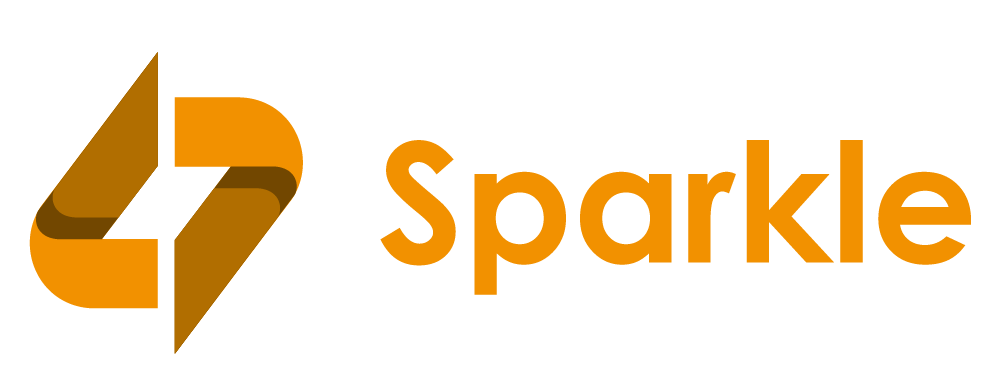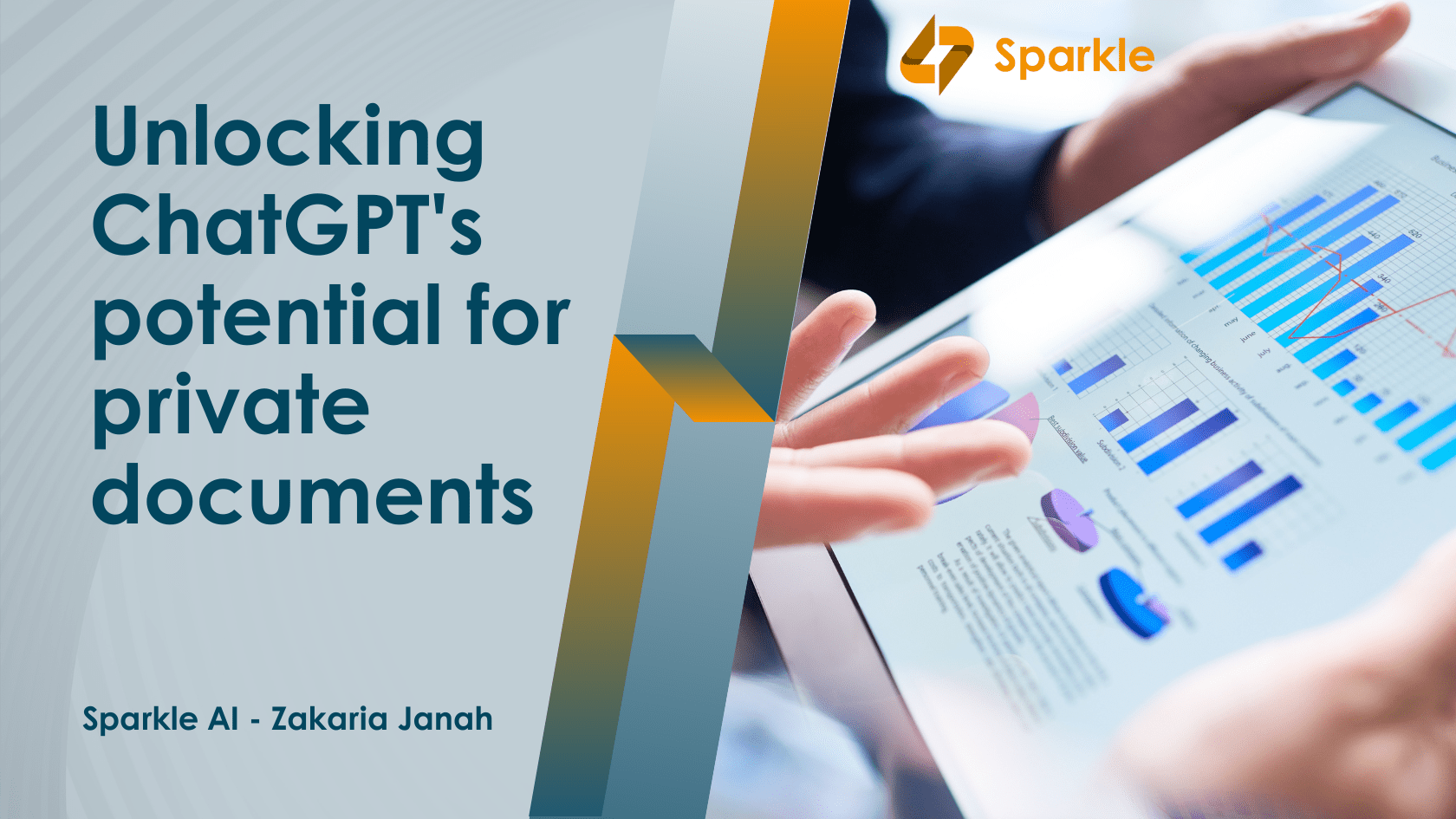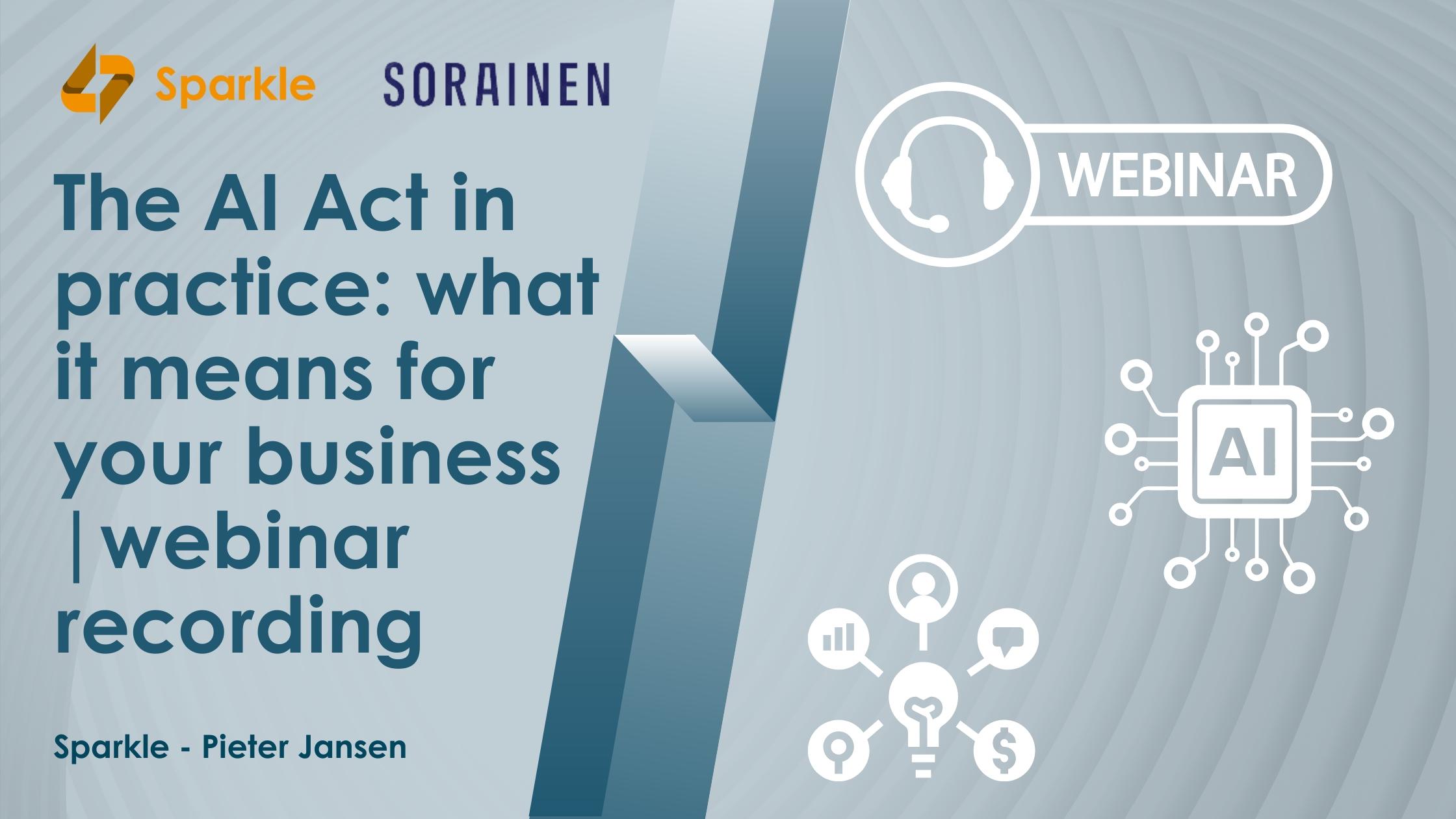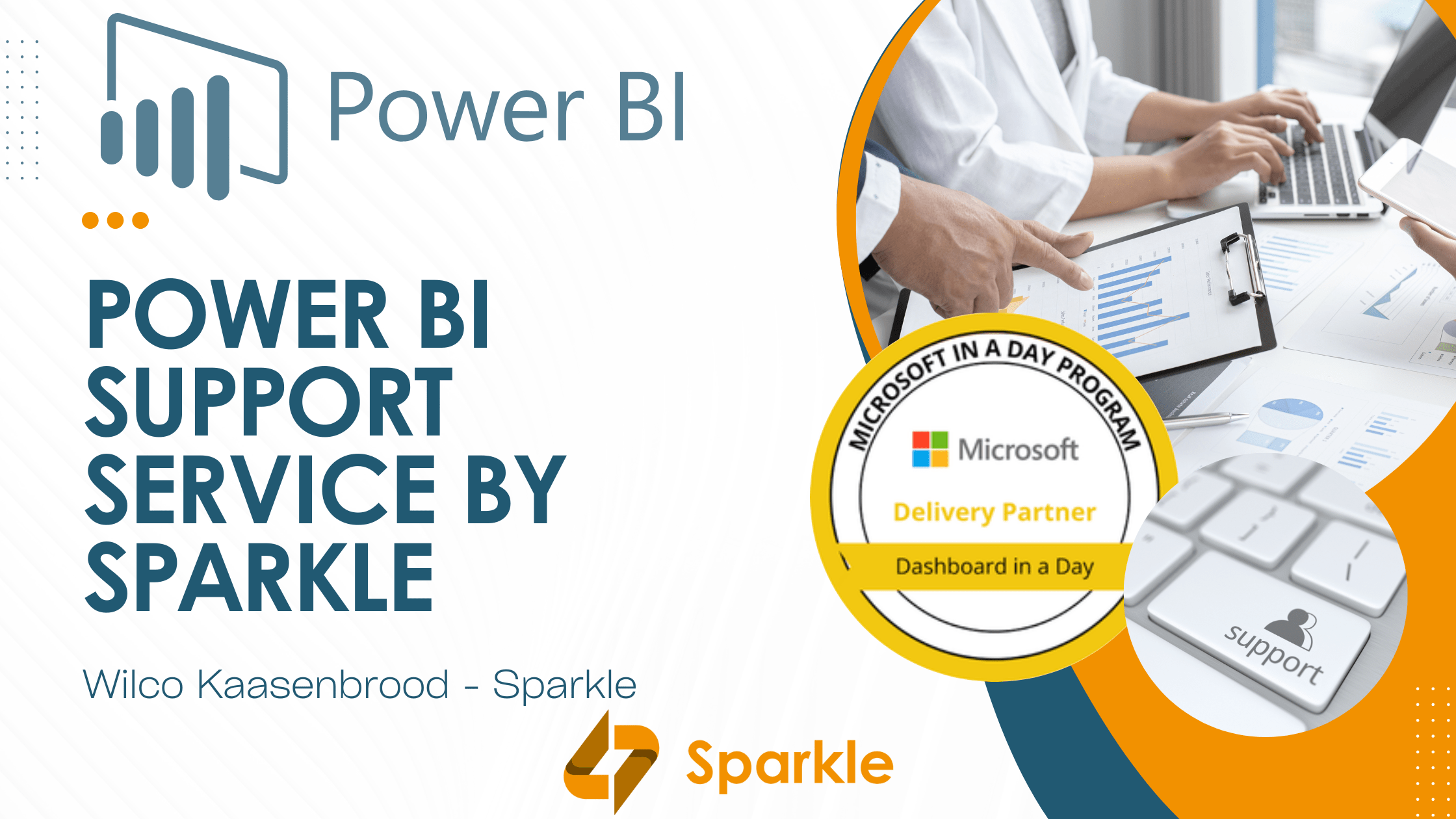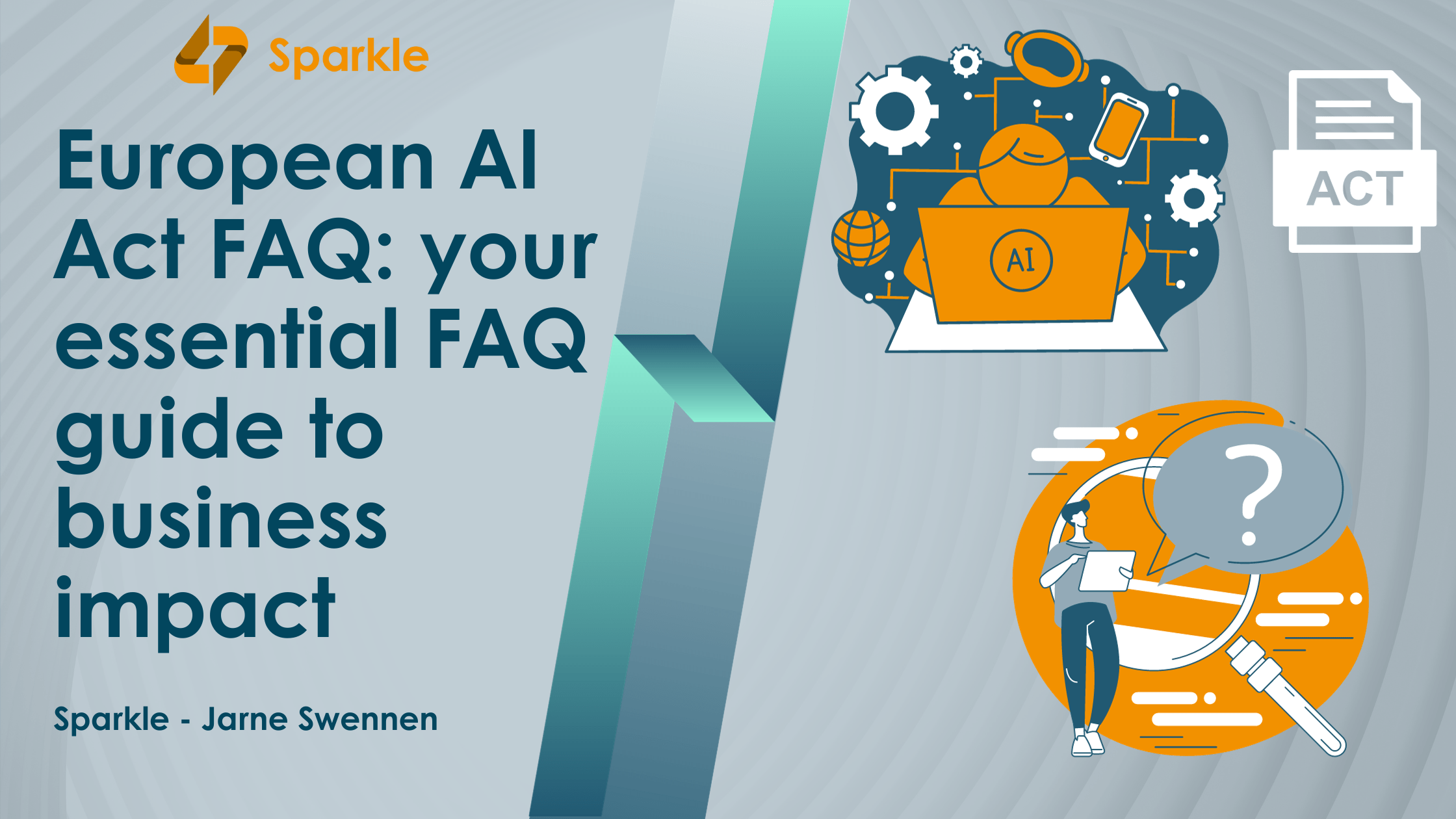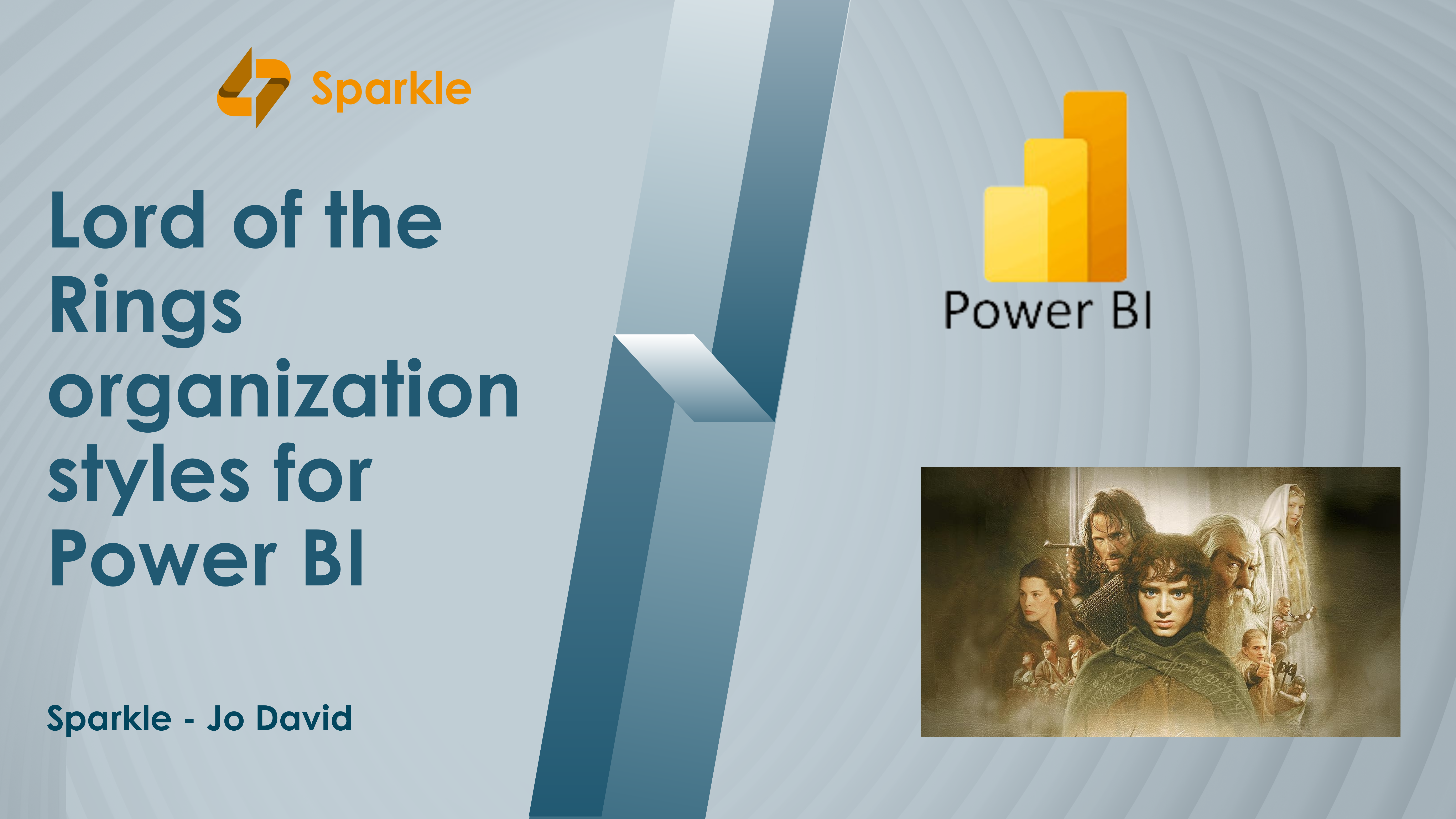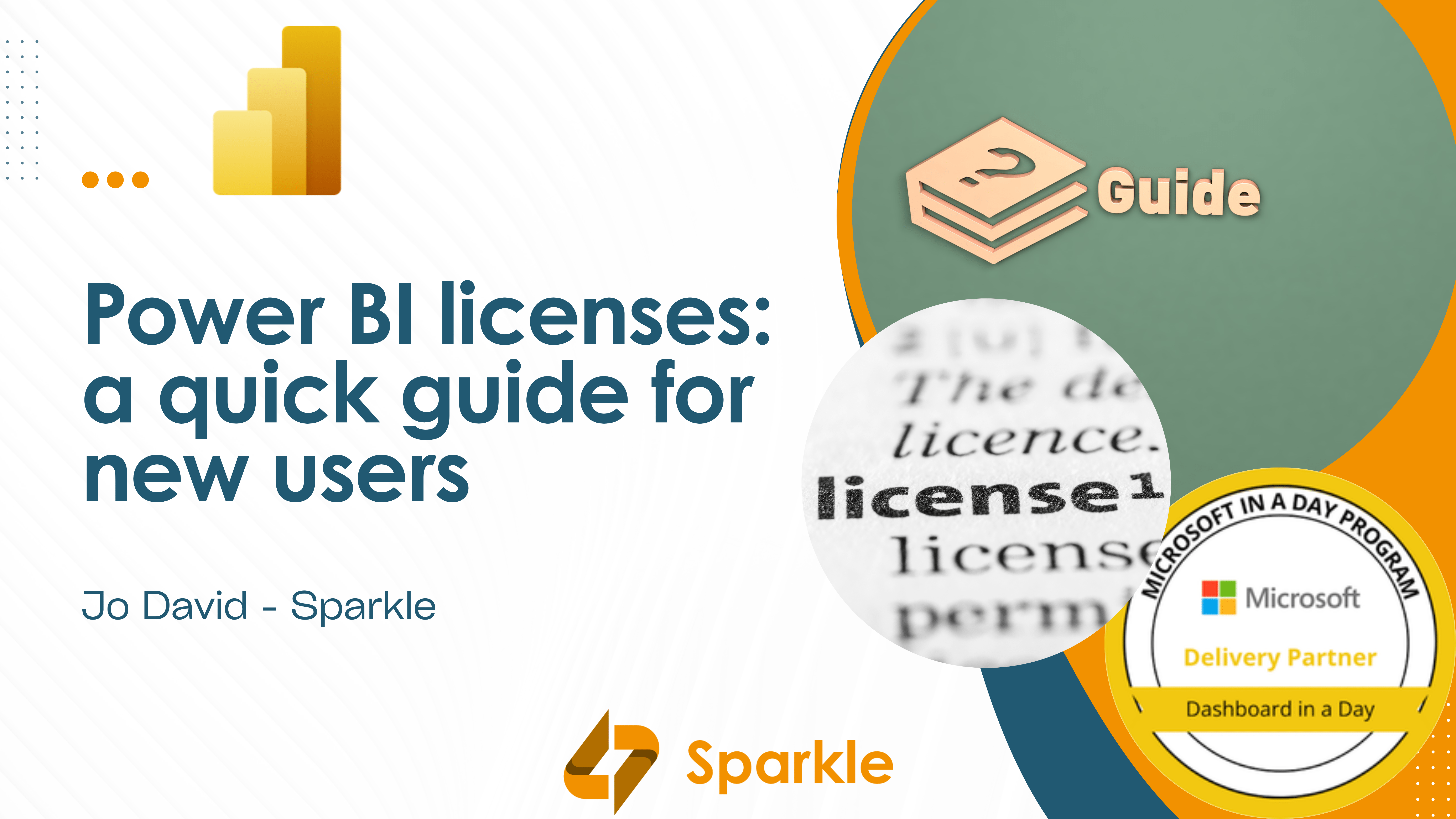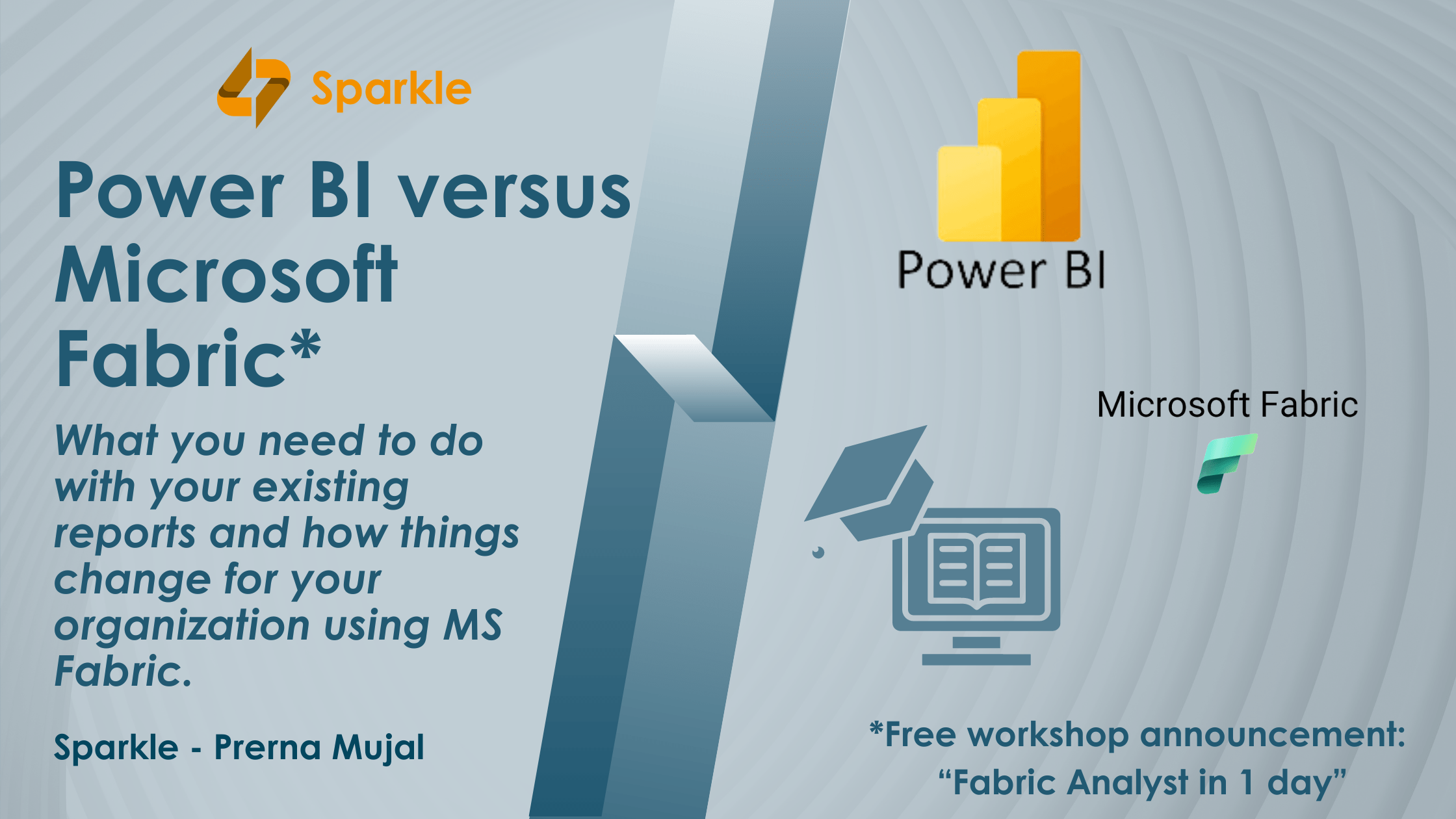OpenAI - ChatGPT
ChatGPT is an advanced language model developed by OpenAI. It utilizes the GPT (Generative Pre-trained Transformer) architecture, specifically GPT-3.5, to generate human-like text responses. Trained on a vast amount of data, it can provide valuable information, engage in conversations, and assist users in various tasks.
ChatGPT offers a conversational interface and can answer questions, provide explanations, give suggestions, and engage in creative writing. Responsible use and considering potential biases are encouraged. OpenAI aims to provide a powerful and useful tool while acknowledging the model’s limitations.
ChatGPT also for internal private documents
Azure OpenAI on your data enables you to run supported chat models such as GPT-35-Turbo and GPT-4 on your data without needing to train or fine-tune models. Running models on your data enables you to chat on top of, and analyze your data with greater accuracy and speed. By doing so, you can unlock valuable insights that can help you make better business decisions, identify trends and patterns, and optimize your operations. One of the key benefits of Azure OpenAI on your data is its ability to tailor the content of conversational AI.
Because the model has access to, and can reference specific sources to support its responses, answers are not only based on its pretrained knowledge but also on the latest information available in the designated data source. This grounding data also helps the model avoid generating responses based on outdated or incorrect information.
The internal use of ChatGPT by leveraging custom datasets and documentation can be a valuable solution for various organizations. By utilizing OpenAI’s ChatGPT, companies can develop an internal conversational AI system tailored to their specific needs.
The solution involves training ChatGPT on proprietary datasets and documentation relevant to the organization’s domain. This training process helps the model understand and generate responses specific to the company’s products, services, or internal processes.
With this custom-trained ChatGPT, employees can interact with the system to access information, seek guidance, or get answers to internal queries. It can act as an intelligent knowledge base, providing instant and accurate responses based on the organization’s internal resources.
Using ChatGPT internally offers the advantage of streamlined communication, increased efficiency, and easy access to company-specific information. However, it is crucial to ensure the security and confidentiality of the proprietary data used during training and deployment.
By employing ChatGPT for internal use with custom datasets and documentation, organizations can enhance their internal workflows, promote knowledge sharing, and empower employees with a powerful AI-driven information resource.
ChatGPT for private documents
Azure OpenAI on your data works with OpenAI’s powerful GPT-35-Turbo and GPT-4 language models, enabling them to provide responses based on your data. You can access Azure OpenAI on your data using a REST API or the web-based interface in the Azure OpenAI Studio to create a solution that connects to your data to enable an enhanced chat experience.
One of the key features of Azure OpenAI on your data is its ability to retrieve and utilize data in a way that enhances the model’s output. Azure OpenAI on your data, together with Azure Cognitive Search, determines what data to retrieve from the designated data source based on the user input and provided conversation history. This data is then augmented and resubmitted as a prompt to the OpenAI model, with retrieved information being appended to the original prompt. Although retrieved data is being appended to the prompt, the resulting input is still processed by the model like any other prompt. Once the data has been retrieved and the prompt has been submitted to the model, the model uses this information to provide a completion.
One can implement an internally used ChatGPT system that leverages custom datasets and documentation. This solution empowers employees and internal workers to ask questions based on the internal knowledge base, created with ChatGPT and specifically tailored to their needs. To ensure transparency and accuracy, the tool provides users with citations for the answers they receive, allowing them to verify the information’s source. This approach enables streamlined communication, promotes knowledge sharing, and enhances the accuracy and reliability of the answers provided by an AI Large Language Model -driven information resource.

Image by author
Azure OpenAI service allows for private documents. In this case is the internal / private data is provided to the Azure OpenAI service, hence then processed, used, and stored. Azure OpenAI stores and processes data to provide the service and to monitor for uses that violate the applicable product terms. Your prompts (inputs) and completions (outputs), your embeddings, and your training data are NOT available to other customers. They are NOT available to OpenAI. They are NOT used to improve OpenAI models. They are NOT used to improve any Microsoft or 3rd party products or services. They are NOT used for automatically improving Azure OpenAI models for your use in your resource (The models are stateless, unless you explicitly fine-tune models with your training data). Your fine-tuned Azure OpenAI models are available exclusively for your use.
Here you have the user interface of the Azure Open AI Studio:
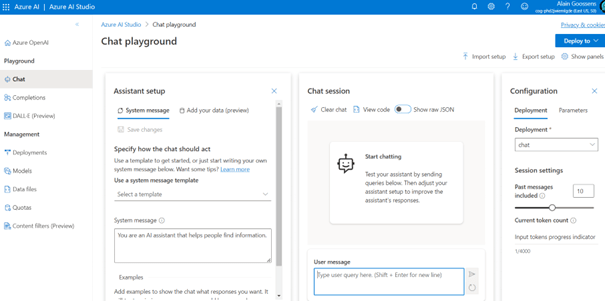
Image by author
Features of the solution:
- Chat and Question-Answering interfaces
- Investigates diverse strategies to assist users in assessing the reliability of responses through the inclusion of citations, source content tracking, and related techniques
- Demonstrates potential methodologies for data preprocessing, prompt formulation, and coordination of interactions between the model (ChatGPT) and retriever (Cognitive Search)
- Provides user-friendly settings within the user experience (UX) to fine-tune the system’s behavior and facilitate experimentation with different options
- Data Security: Data is exclusively available on your intranet and accessible to authorized Azure users, ensuring maximum protection
Are you in search for a ChatGPT based solution?
Sparkle has already realised several ChatGPT-based solutions for different departments across multiple industries such as, legal, customer care, investor relations, contract management, maintenance management etc. If you want to know more about the possibilities of using ChatGPT based solutions for internal private documents within your department or industry, contact us.
The Cronos Group may call itself Microsoft Partner of the Year (2022 & 2023) in Belgium. At Sparkle, we are proud that our ongoing efforts (also in the field of AI) have enabled us to contribute to this important recognition for the Cronos Group.
ABOUT THE AUTHOR

Zakaria Janah
Data Engineer
Discover more content from our blog
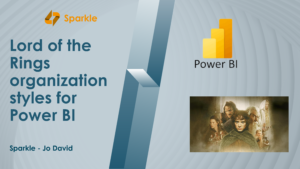
Lord of the Rings organization styles for Power BI
Check your Power BI organization according to the world of Tolkien: are you organized like Hobbits, Orcs, Dwarves or Sauron?
This unique approach explained by our Sparkleer Jo uses the legendary journey of Frodo Baggins to guide you through different organizational structures. Discover how to create a harmonious Power BI environment for your business.
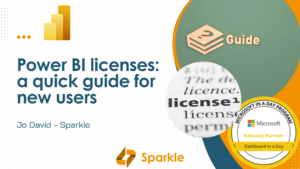
Power BI licenses: a quick guide for new users
Sold on Power BI, but do you need licenses? Unlocking the potential of Power BI licenses can feel overwhelming. Our colleague Jo wrote this post to help you navigate the different options and costs.
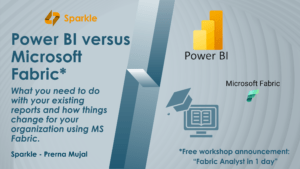
Power BI versus Microsoft Fabric
Power BI versus Microsoft Fabric: what you need to do with your existing reports and how things change for your organization using MS Fabric. This blogpost includes our “Fabric Analyst in 1 day” workshop as well.
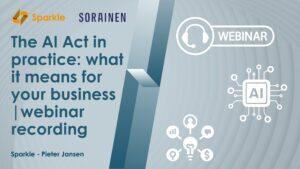
The AI Act in practice: what it means for your business | webinar recording
The AI Act in practice: what it means for your business. In this blogpost you can find the recap of our webinar we hosted together with our legal partner Sorainen and watch the webinar recording.

Future Finance: the link between accountancy programs and Power BI
With Future Finance plugin to power bi we make it easy for business managers and financial advisors to easily create a financial plan. Find out more.
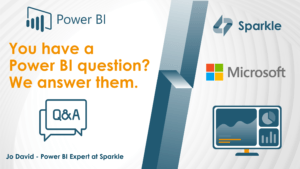
Power BI tips & tricks by Sparkle
In this Power BI Tips & Tricks column we will answer your Power BI related questions. The 1st question was: how can you change your alphabetically sorted data?
